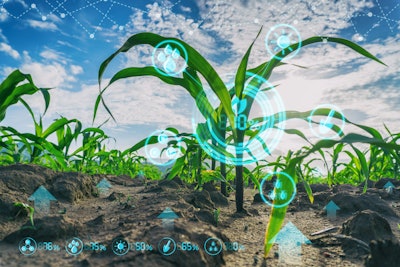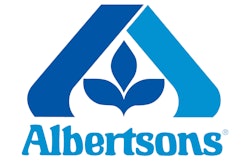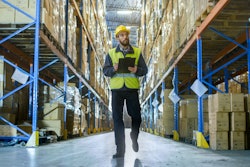
Blockchain is a hot topic across the supply chain industry and often accompanied by more questions than answers. With all the hype you might think that every midsize and large company has some level of an operational blockchain capability in place. This couldn’t be farther from the truth. Yes, there are a few companies experimenting with pilots, but very few companies have committed to standardizing parts of their supply chain operations using blockchain.
So what is holding companies back from embracing blockchain, and in particular, what needs to be done to grow its adoption in the food and beverage (F&B) supply chain?
Track and Trace: Just the Beginning
There is no doubt that adopting blockchain capabilities can improve the ability to track and trace food and beverage products from field to fork. Considering the importance placed by consumers on food safety, the ingredients and the source of the ingredients, the ability to track and trace is a must have to succeed in the F&B industry. In fact, in a recent survey conducted by Clutch, 70 percent of the respondents said that F&B businesses should commit to corporate social responsibility (including food safety), and 71 percent said that restaurants should address food insecurity in their local community.
But there is more to blockchain than track and trace. Blockchain capabilities, for example, can provide significant value in the digital transformation of your supply chain. The digital supply chain opens access to additional internal and external data to help streamline collaboration and accelerate decision making. In particular, blockchain excels where information is shared across the enterprise and/or with suppliers and customers. It is a true enabler of your digitalization efforts.
The distributed nature of a blockchain database means that when one party enters data into a blockchain each authorized party has immediate access to see and use that data. It is quite exciting when you think about sensing customer demand and real-time inventory positions instantly shared up and down the supply chain. Now, you are able to automate and accelerate the customer fulfillment process with greater precision and confidence.
Challenges or Opportunities?
So what is holding us back? The value of blockchain has been proven. IBM is currently working with more than 500 companies across a diverse set of industries. Their Food Trust Blockchain initiative connects growers, processors, distributors and retailers through a permissioned, permanent and shared record of food system data. Leading companies participating in IBM’s Food Trust Blockchain, including Walmart, Carrefour and others, are already reaping the benefits of blockchain capabilities.
Smaller F&B companies have also discovered the value of blockchain. For example, Alpha Acid Brewing, a small batch California brewer, implemented a blockchain application to track materials and ingredients from its suppliers to optimize its manufacturing processes and provide higher quality beer.
Technology is not an impediment to blockchain adoption. Advanced planning systems have the capability to utilize blockchain data to improve demand planning, inventory management and deployment. Think of blockchain data as another data source along with the Internet of Things (IoT), point of sale (POS), and social media to drive supply chain efficiencies and effectiveness. Advanced planning systems have the ability to consume blockchain data and publish data to blockchains.
The obstacle to successful blockchain efforts is the focus of the blockchain effort itself. Many pilots focus on validating if blockchain technology works instead of how to add value or solve problems. Consider this, when you implement enterprise technology, the focus is on how to get value from that platform through automation, accelerating processes, and making better and more-timely decisions. Blockchain works. Apply these same principles to blockchain, and stop piloting the technology. Start discovering how to develop business value. A first step is often to realize that blockchain is not an IT project; rather it should be viewed as a component of your digital supply chain transformation that can provide significant value.
As a supply chain practitioner in the F&B industry how can you help plant the seeds to grow adoption of blockchain capabilities at your company?
- Become the expert on how blockchain can help solve your company’s supply chain issues and create long-term value.
- Educate your company’s leadership on blockchain and the specific applications where you believe your company will receive the largest value, including in the areas of track and trace, data visibility and timeliness.
- Advance the philosophy that blockchain should be a component of your company’s overall supply chain digital transformation. Blockchain is one way to verify and manage the explosion of available digital data and avoid undue risk due to bad data.
- Evaluate your supply chain planning system’s ability to use blockchain data to improve planning speed and accuracy and to publish blockchain data to a distributed database. If needed, build the business case for improving your supply chain planning capabilities.
Blockchain is overhyped, which has caused confusion on what it should and should not be used for. There are very real and legitimate blockchain use cases, including data verification, tracking products, multi-organizational collaboration, meeting compliance and regulatory requirements, enhancing planning, and bolstering customer satisfaction that can create significant value for a F&B company. The availability of blockchains designed for the F&B industry is projected to grow exponentially over the next five years. The last thing you want is to miss out on what some experts believe to be the next big enabler of the supply chain.




















